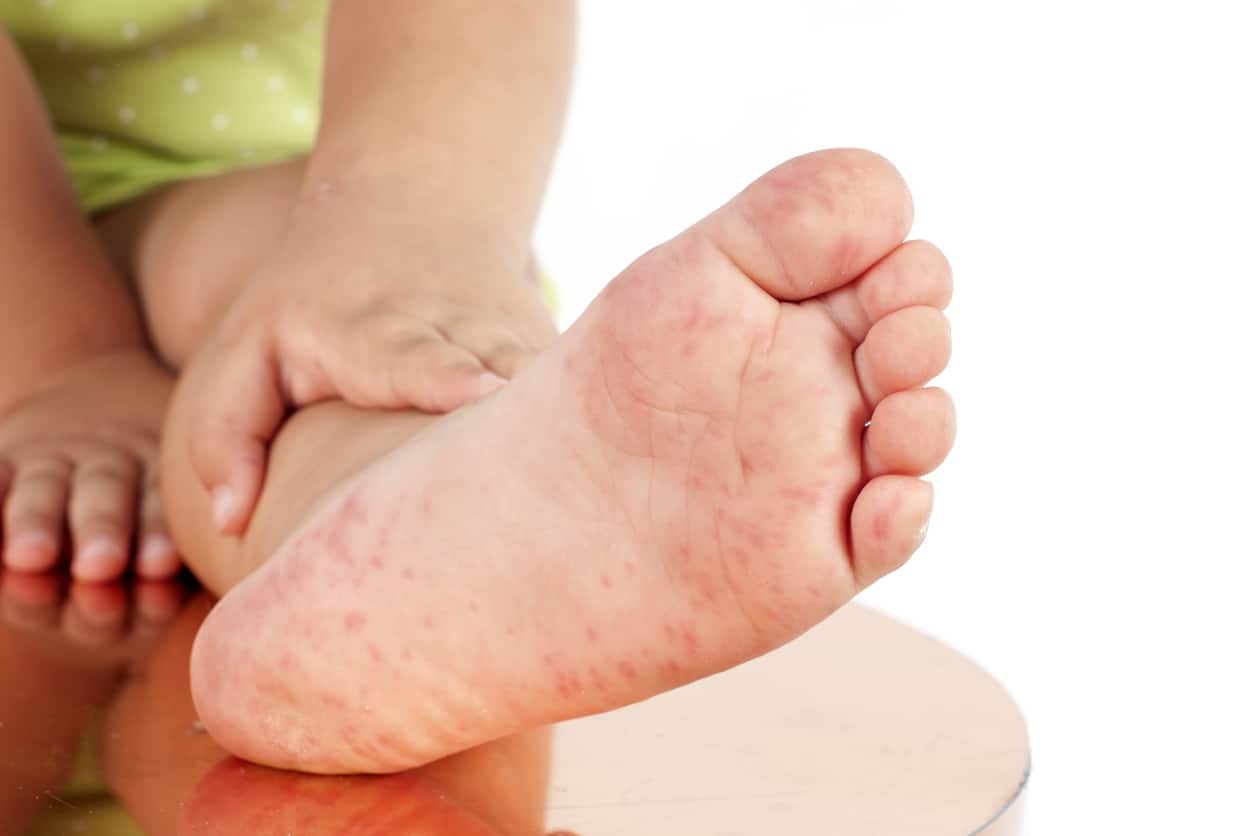What’s the difference between skin rash vs. poison ivy in kids? KidsStreet Urgent Care is here to educate you on the key attributes of each condition, causes, testing, and treatment options.
What’s The Difference?
The biggest difference between skin rash vs. poison ivy in kids is the cause of illness. A rash from poison ivy is caused directly by contact with poison ivy, oak, and sumac, while skin rashes can be caused by several other factors. Additionally, symptoms may vary with different skin rashes while poison ivy symptoms are relatively the same across the board.
Skin Rash In Kids
Skin rashes are extremely common for kids, and are usually not dangerous.
Causes
Skin rash can be caused by a variety of things, including allergens. A few common causes of skin rash in children include:
- Hand, food, and mouth disease
- Molluscum contagiosum
- Eczema
- Chickenpox
- Cellulitis
- Impetigo
- Slapped cheek syndrome
- Scarlet fever (a red rash from a bacterial infection caused by strep throat)
- Heat rash
Symptoms Of Skin Rash
Although these causes can result in different symptoms, the telltale signs of a mild skin rash in kids include:
- Red skin
- Itching
- Burning
In extreme cases of skin rash, severe symptoms may include:
- Blistering, with fluid in the blisters
- Full body rash
- Hives
- Swelling or inflammation
- Flaky or scaly skin
- Skin infection
- Sore throat
If your child is experiencing a severe skin rash, take them to the emergency room.
Treating Skin Rashes In Kids
When treating minor skin rashes, there are several different treatment options. These options include:
- Calamine lotion
- Over the counter ointments
- Benadryl (in cases of allergic reaction)
Poison Ivy In Kids
Poison ivy, poison sumac, and poison oak are very common poisonous plants in the United States, and most children are allergic to them. Touching the plant causes an allergic reaction on the skin.
Characteristics and Geographic Locations
Although each of these plants are found in the United States, there are different places in which the plants flourish.
- Poison ivy is typically found all across the United States, and grows as a vine. It grows both on the ground, and can climb on structures such as walls, trees, or houses. This plant typically has a grouping of three leaves.
- Poison oak has most of the same attributes, although it is largely concentrated in the southeastern United States.
- Poison sumac is a shrub or small tree and grows in wet, marshy areas. You are less likely to run into them than the other plants.
Symptoms Of A Reaction To Poison Ivy
The symptoms are caused by the oil on top of the leaves. This oil causes:
- Bumps on the skin that are filled with liquid, and they may ooze
- Extreme itching
- Redness, swelling, and inflammation
If your child has a rash from poison ivy, poison oak, or poison sumac, KidsStreet Urgent Care can help! We offer poison ivy treatment in our urgent care services for kids.
Treating Poison Ivy In Children
Poison ivy rashes are extremely uncomfortable, but fortunately resolve themselves within a few days. To treat the symptoms and lower discomfort, treatment options include:
- Applying cold compresses
- Over-the-counter ointments and creams
- Bathing your child in an oatmeal bath
- Giving your child antihistamines (Children’s Benadryl, etc.)
Turn To KidsStreet Urgent Care
Is your child facing a skin rash or poison ivy? KidsStreet Urgent Care would love to help your child heal and feel better, fast! To visit a clinic, register online. You can wait in your car or at home until we are ready to see you.
Walk-ins are always welcome, but please be aware that registering online reduces in-clinic wait times.

